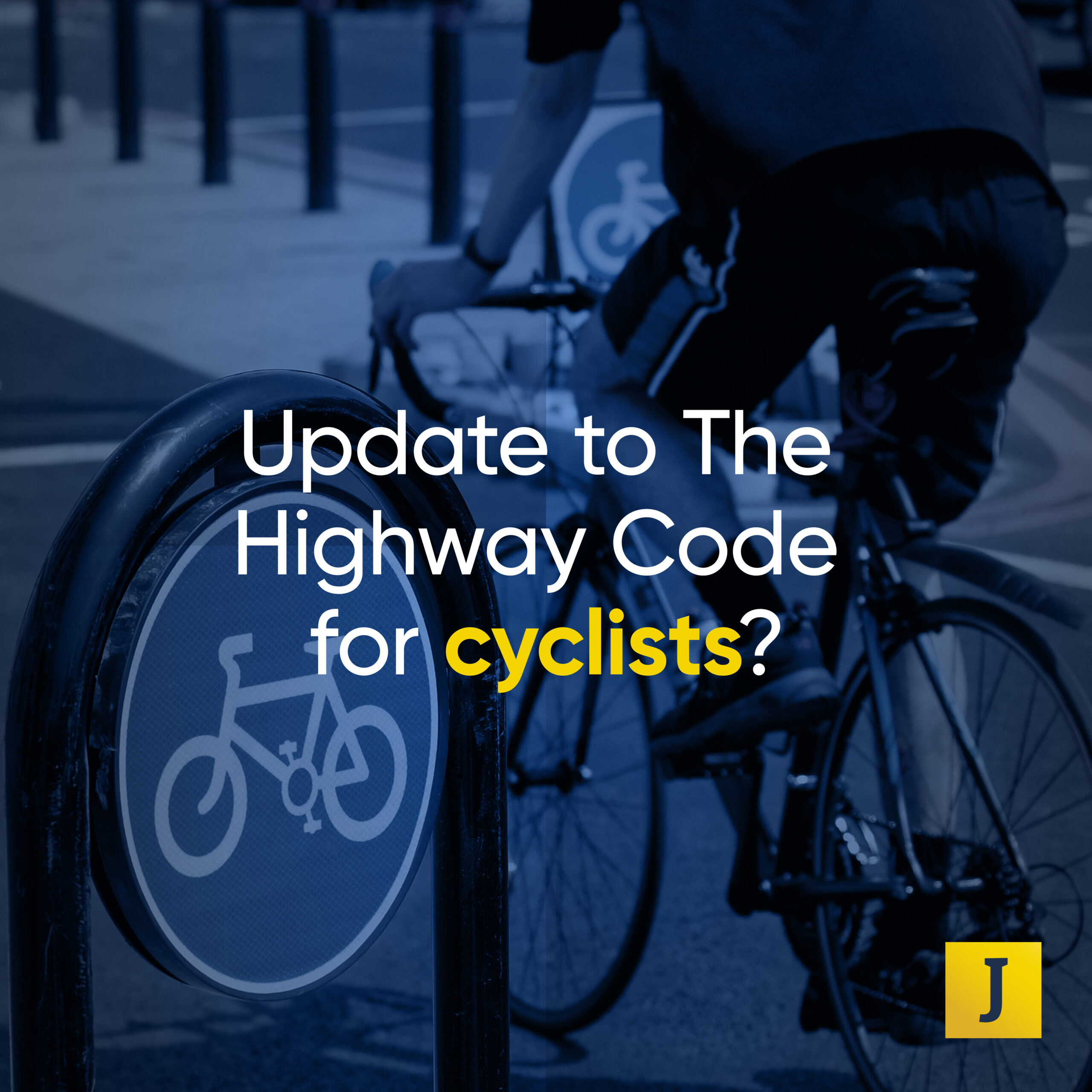How well-versed are you with the updates to the Highway Code for cyclists?
When travelling on UK Highways, it’s important to understand the rules and regulations in place to keep all road users and pedestrians safe and out of harm’s way.
What is the update?
In 2022, the Highway Code was updated, no longer requiring cyclists to stay on the left-hand side of the road. Instead, cyclists are expected to ride “no less than half a metre” from the kerb.
There is now a higher level of responsibility on drivers who must take further care when overtaking cyclists on the road. Motorists are expected to leave at least 1.5 metres when overtaking cyclists at speeds of up to 30mph and give them more space when overtaking at higher speeds.
The new code also stresses that motorists should wait behind cyclists and not overtake if it’s unsafe, or not possible, to meet the aforementioned distances.
Although these changes have been in effect for a year, many drivers are still unaware, posing a potential danger to other road users.
Where can you find out more?
Keep up to date with the latest Highway Code updates or to refresh your knowledge, you can find the Highway Code here.
What can happen if the code is not followed?
In recent months, Jefferies Solicitors, Essex, represented a client who experienced a road traffic incident as a cyclist.
The client was knocked from their bike by a vehicle that failed to leave sufficient room while overtaking.
In this incident, the driver failed to observe the new code by overtaking the cyclist on a busy, main road with a distance of less than 1.5 metres. A claim was brought against the driver.
Where can you go for help?
If you have been affected by a road traffic incident, Jefferies Solicitors, Essex are here to help. We pride ourselves in understanding the potential impact of these claims and our specialist personal injury solicitors can ensure you get the right compensation.
Call us on 01702 443 472 or fill out a contact form and we can help you to understand the legal options available to you.
The contents of this article are for the purpose of general awareness only. They do not purport to constitute legal or professional advice. The law or information included in this article may have changed since this article was published. Readers should not act on the basis of the information included and should take appropriate professional advice upon their own particular circumstances.

